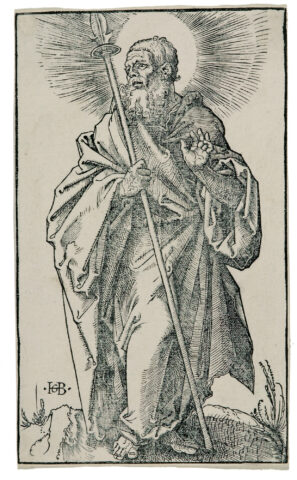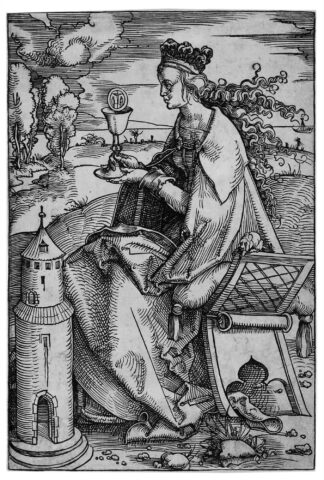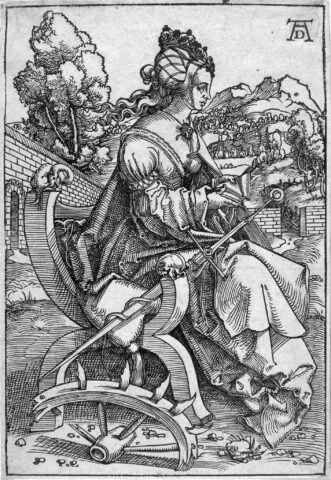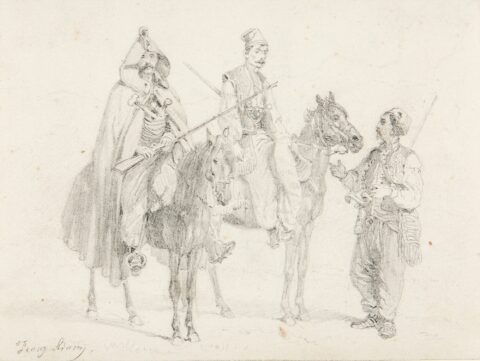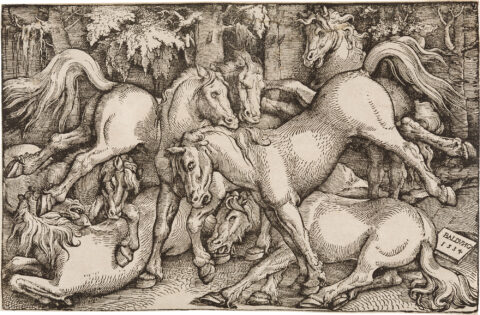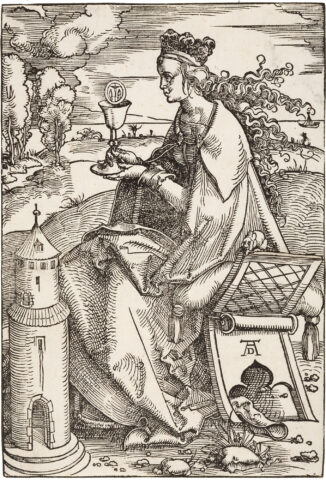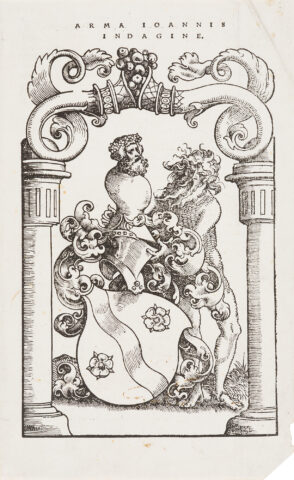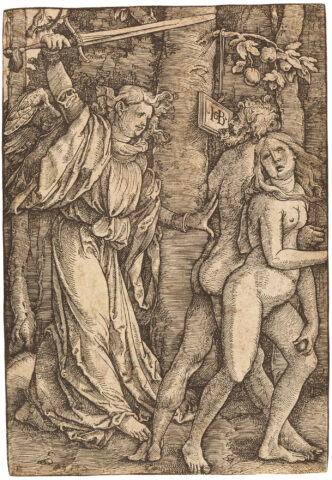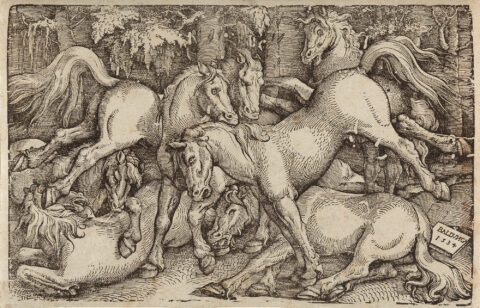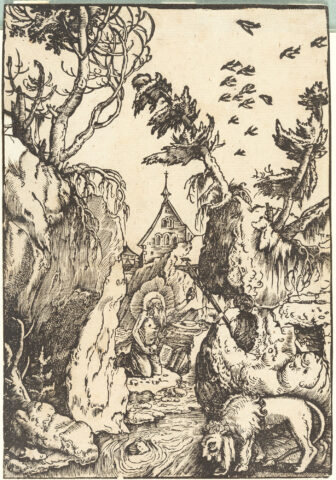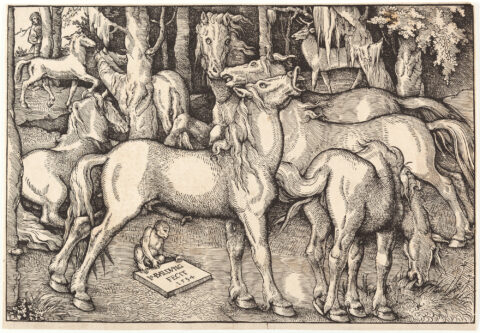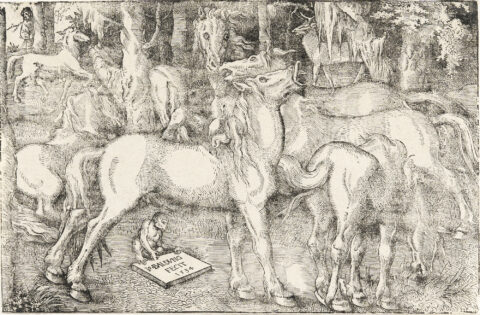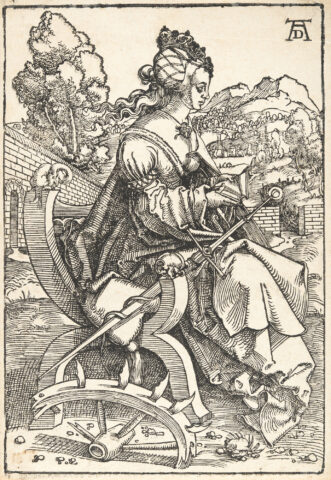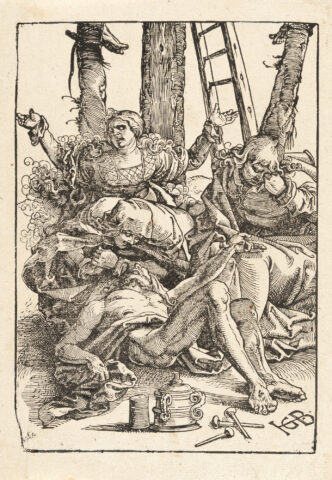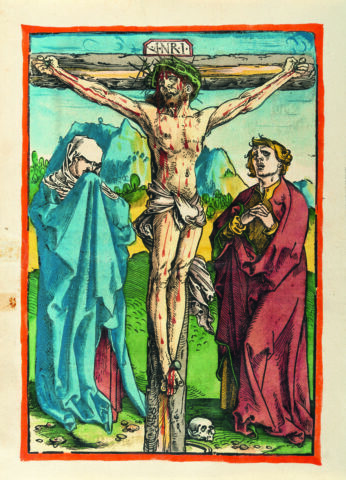Hans Baldung, gen. Grien
After the family moved to Strasbourg, Hans Baldung began an apprenticeship with a local master at the age of 15; in 1503 he went to Nuremberg to Albrecht Dürer’s workshop for further training. He became Dürer’s most important pupil and collaborator, standing in for the master in his absence; at the end of his apprenticeship he executed his first independent commission, the Epiphany and St Sebastian Altars for the Maria Magdalena Chapel in the Moritzburg in Halle.
In the spring of 1509 Baldung returned to Strasbourg, where he became a citizen and was admitted to the guild “zur steltz” in 1510; he opened a workshop that enjoyed increasing demand. In 1512, he was commissioned to build a convertible altar with scenes from the life of the Virgin Mary for the late Gothic choir of Freiburg Cathedral, which had just been completed and was his main religious work. Baldung went to Freiburg to work on the altar, and until 1518 he also created other altars and devotional pictures, as well as woodcuts and designs for stained-glass windows.
Because of the plague, Baldung did not return to Strasbourg until 1518, where he achieved considerable wealth and social standing until his death – among other things, he was a lay assessor of his guild in 1533/34 and a councillor in 1545. Due to the Reformation, he did not receive any major ecclesiastical commissions; Baldung discovered new subjects influenced by humanism: In addition to devotional pictures and portraits, he also created allegorical depictions of beauty and death, worked with erotic and mythological motifs and devoted himself in a special way to the subject of witches, which he varied again and again from 1510 onwards, especially in woodcuts, until his death.


